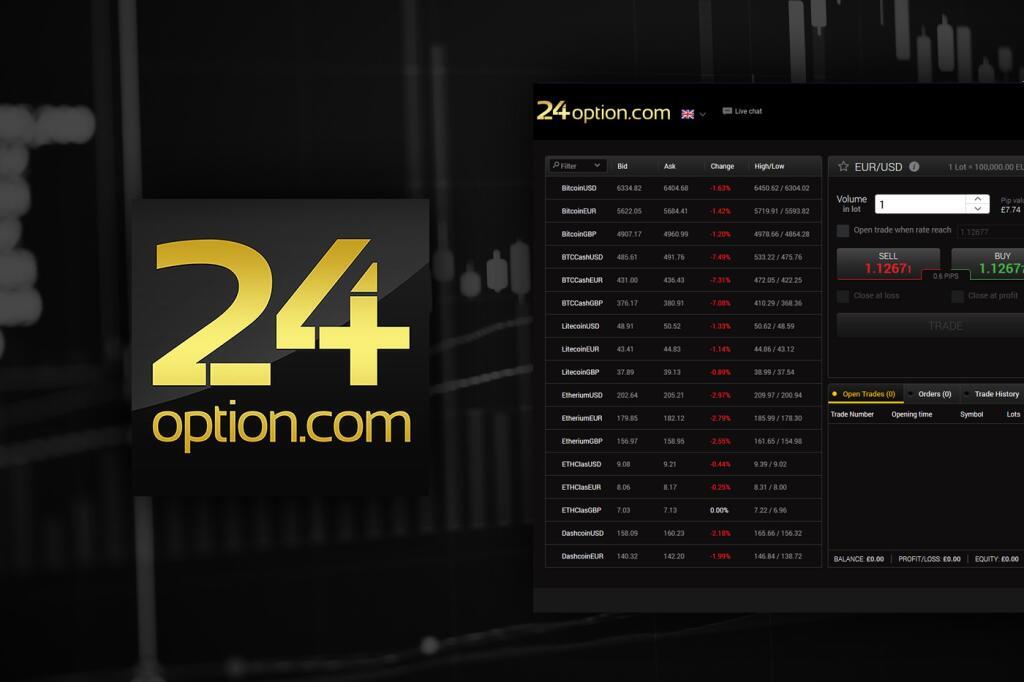
The most commonly used moving average is a so-called simple moving average (SMA), which is the average closing price of a given security over a specific number of days. For example, you can find a stock’s 20-day SMA by adding its prices over 20 days, then dividing that number by 20. A moving average is commonly used with time series data to smooth out short-term fluctuations and highlight longer-term trends or cycles. The threshold between short-term and long-term depends on the application, and the parameters of the moving average will be set accordingly. It is also used in economics to examine gross domestic product, employment or other macroeconomic time series.
These lengths can be applied to any chart time frame (one minute, daily, weekly, etc.), depending on the trader’s time horizon. The time frame or length you choose for a moving average, also called the “look back period,” can play a big role in how effective it is. The 200-day SMA seems, at times, to serve as an uncanny support level when the price is above the moving average or a resistance level when the price is below it.
How Do You Calculate a Moving Average?
For profit taking or exiting the sell entry, wait until the price hits the nearest support level. We’ve applied a 50-day Exponential Moving Average (EMA) here as a trend indicator. Initially, the price went above the EMA level giving the bullish trend of USD/JPY.
- One of the most significant limitations of moving averages is that they are a lagging indicator.
- Over time, market prices and trends change, sometimes moving faster than at other times.
- Traders use simple moving averages (SMAs) to chart the long-term trajectory of a stock or other security, while ignoring the noise of day-to-day price movements.
- Therefore, the SMA line below the last day’s price of 27 would be 26.4.
Unlike a standard EMA, the SMMA considers all the data series that exist. This implies that newer information is more important than older data, which is generally true; however, if the Forex trader best EMA period is too short, a trader runs the risk of whipsawing. For example, if you choose to use a 100 period SMA, the SMA’s value is the average price for the previous 100 periods.
What Is a Moving Average (MA)?
Moving averages act as technical indicators that show the average price movement over a certain period. They are often used to help highlight trends, spot trend reversals, and provide trade signals. The 12-period EMA and 26-period EMA are the most popular support and resistance moving averages in intraday trading.

Some stock moves are short-lived, while others last for weeks, months, or even years. Using an SMA crossover system can help traders identify the direction of a market trend, as well as find potential entry and exit points to take advantage of market trends. One of the most common trading strategies traders use with the DEMA tool is identifying price movements when a long-term and short-term DEMA line cross. For example, if a trader sees a 20-day DEMA come down and cross the 50-day DEMA (a bearish signal), they may sell long positions or place new short positions. Conversely, the trader enters long positions and exits short positions when the 20-day DEMA crosses back up and over the 50-day.
Death Crosses and Golden Crosses
MAD expresses accuracy in the same units as the data, which helps conceptualize the amount of error. Additionally, the increased reliance on recent price movements with an EMA tends to make it more sensitive to false trading signals, or whipsaws, than an SMA. For this reason, an EMA may require further confirmation before a trade can be identified. A weight of 4 to 10, for example, means that you have 10 recent periods and their prices.
The two averages are similar because they are interpreted in the same manner and are both commonly used by technical traders to smooth out price fluctuations. This is an hourly GBP/USD chart with a 50-day Exponential Moving Average (EMA). For sell setups, there should be at least one bearish candle closed below the EMA line that confirms the bearish trend of the market. You may trigger a sell at the break of the respective bearish candle’s low with stop loss limit above the EMA level.

For instance, consider shares of Tesla closed at $10, $11, $12, $11, $14 over a five day period. The simple moving average of Tesla’s shares would equal $10 + $11 + $12 + $11 + $14 divided by 5, equaling $11.6. For example, this is how you would calculate the simple moving average of a security with the following closing prices over a 15-day period.
What is a Moving Average?
For a number of applications, it is advantageous to avoid the shifting induced by using only “past” data. In the figure below, the number of periods used in each average is 15, but the EMA responds more quickly to the changing prices than the SMA. The EMA has a higher value when the price is rising than the SMA and it falls faster than the SMA when the price is declining. This responsiveness to price changes is the main reason why some traders prefer to use the EMA over the SMA. The fitted value at time t is the uncentered moving average at time t – 1. If you forecast 10 time units ahead, the forecasted value for each time will be the fitted value at the origin.
A simple moving average (SMA) is the average of a stock’s price over a set period of time. While it is impossible to predict the future movement of a specific stock, using technical analysis and research can help make better predictions. A rising moving average indicates that the security is in an uptrend, while a declining moving average indicates that it is in a downtrend.
Campus Activewear Share Price Today Live Updates: Campus Activewear Sees Slight Increase in Price, SMA5 at Rs 300.22
The exponential moving average (EMA) is a type of moving average that gives more weight to more recent trading days. This type of moving average might be more useful for short-term traders for whom longer-term historical data might be less relevant. A simple moving average is calculated by averaging a series of prices while giving equal weight to each of the prices involved. 2A technical indicator that’s calculated by adding the closing price of a stock or other security over a specific period of time and dividing the total by the appropriate number of trading days. For example, a 20-day moving average is the average closing price over the previous 20 days. For example, a 20-day SMA is the average closing price over the previous 20 days.
Bharti Airtel Share Price Live Updates: Bharti Airtel Sees a 0.75% Increase in Price Today, SMA3 at Rs 867.87 – Economic Times
Bharti Airtel Share Price Live Updates: Bharti Airtel Sees a 0.75% Increase in Price Today, SMA3 at Rs 867.87.
Posted: Wed, 06 Sep 2023 09:50:00 GMT [source]
If the price crosses below its moving average, it is getting weaker relative to where it was in the past. Traders commonly used eight, 20, 50, 100, and 200 periods for an SMA. For example, if using a 100-period SMA, the current value of the SMA on the chart is the average price over the last 100 periods or price bars.
Chart Patterns
A simple moving average is customizable because it can be calculated for different numbers of time periods. The image above represents an hourly chart of Gold against USD with a 100-day simple moving average, showing how to spot buy opportunities to use a single moving average. Initially, price broke above the 100-MA and managed to plot a couple of bullish price candles right above the MA level. According to the moving average rules, it is a bullish trend signal for Gold and a buy can be triggered at the break of the respective bullish bar’s high above the MA line. You may decide to take profit once price hits the potential resistance levels.
Some traders, however, prefer to follow the exponential moving average (EMA). While the simple moving average is computed as the average price over the specified time frame, an EMA gives greater weight to the most recent trading days. That is, the exponential moving average gives a higher value to recent prices, while the simple moving average assigns an equal weighting https://investmentsanalysis.info/ to all values. Despite the difference in calculations, technical analysts use EMAs and SMAs in similar ways to spot trends and identify overbought or oversold markets. Moving averages are used to identify significant support and resistance levels. Most moving averages act as both trendline indicators and the building blocks of more ambitious technical tools.